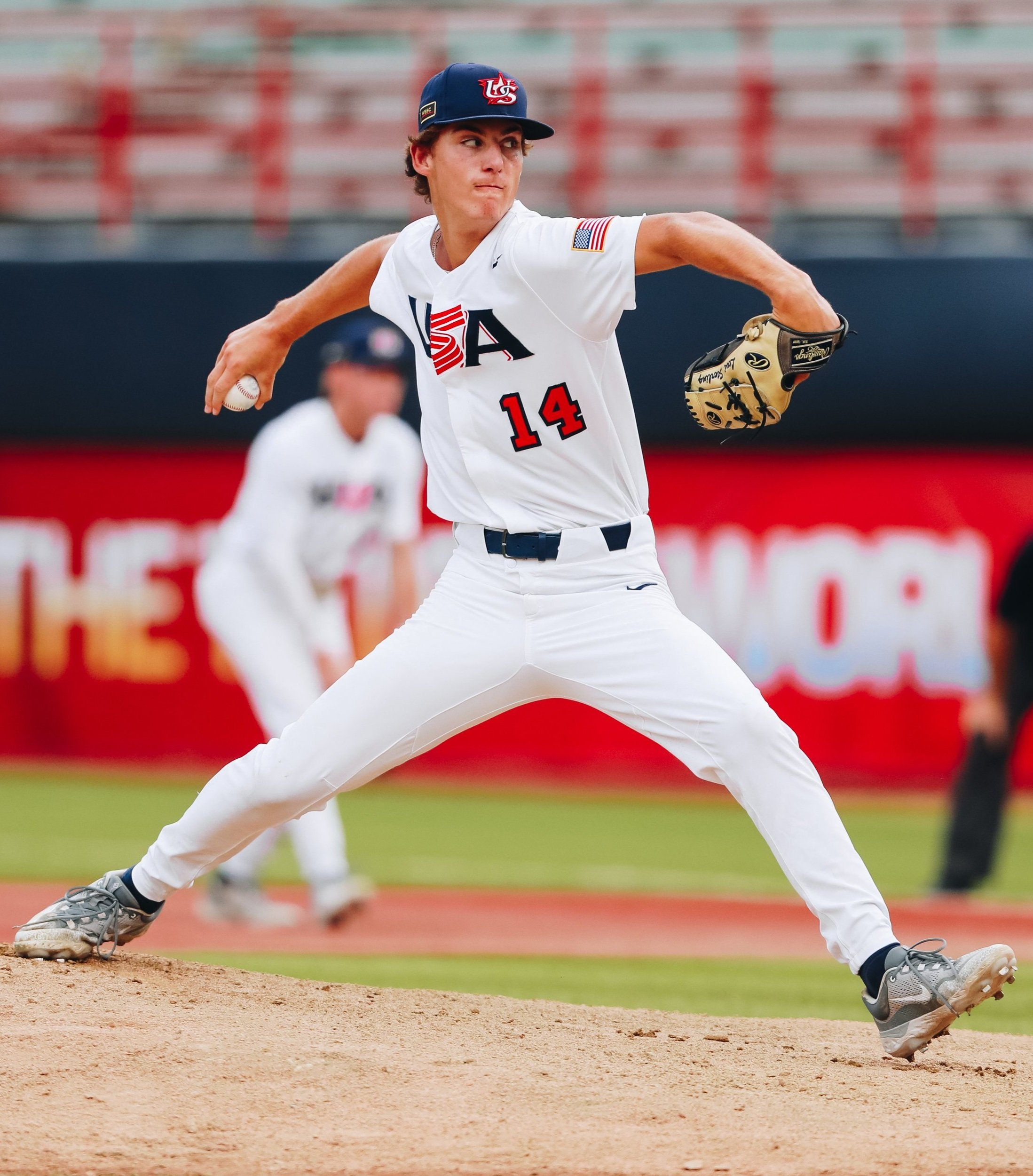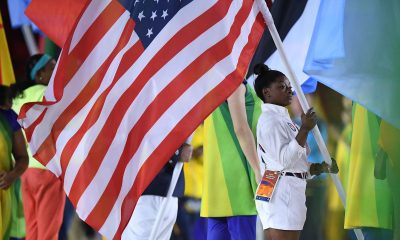
Story Links
Intercollegiate athletics have entered a historic new era after judge Claudia Wilken recently granted final approval to the $2.8 billion settlement of the class-action antitrust lawsuit House v. NCAA. Over three Fridays, we are examining the immediate and future implications of the House Settlement and what it means for WVU athletics. This is the second installment.MORGANTOWN, W.Va. – Throughout its long and storied history, West Virginia University athletics has encountered critical pivot points in its existence.In the early 1920s, Athletic Director Harry Stansbury’s willingness to invest in a new football stadium put Mountaineer football on a much larger stage, and then a few years later, he was able to successfully fight off state superintendent of schools George Ford’s desire to make WVU a part of the state college system under one governing board, which would have placed West Virginia’s flagship university on par with its much smaller peers.Stansbury rightfully argued that by doing so, and with WVU joining the West Virginia Athletic Conference in the process, it would be catastrophic to the prestige of the University. Forward thinking alums and state officials agreed.In the late 1960s, upon the urging of football coach Jim Carlen, West Virginia University left the Southern Conference and committed to a big-time Eastern independent schedule that also included intersectional games against California, Stanford, Illinois, SMU, Kentucky, Oklahoma and Arizona State.When Carlen would talk to his athletic director Red Brown about this, he framed it in a way that made it clear that the University’s status was on the line.”Mr. Brown, I know you are a basketball man and everything, but we’re in a different world now,” Carlen told him. “These people here need something to grab hold of. You’ve got to help me here a little bit now. “We have to get out of the Southern Conference because we’re better than that. I want to play Kentucky and Tennessee; I want to play schools people want to see us play, and I want to go to bowl games every year,” he said.Brown, too, had big aspirations and after years of asking, he eventually convinced the state to fund a new basketball arena in 1967.Forward-thinking West Virginians were on board with those things, as they were in the mid-1970s when the athletic department reached another pivot point after it became clear that aging Mountaineer Field needed replaced.Many wanted the old stadium remodeled with a 10,000-seat deck constructed on one side to increase its capacity to 45,000. Coach Frank Cignetti was part of a group favoring to build a new stadium in another part of town, arguing the viability of Mountaineer athletics was at stake.Forward-thinking people in the state capitol demanded that a new stadium be built in a different part of town.”What this thing finally came down to was a group in Charleston that really wanted to build a new stadium, and that sort of put an end to renovating the old stadium,” the late Cignetti recalled in 2020, two years before his death. “There were a lot of people at the time questioning if West Virginia could really make it big time in football, but if you look at the success Don Nehlen had there and the coaches after him, they wouldn’t have achieved that without that stadium.”Again, the courageous forward thinkers were on the right side of history, as was the case in 2010 when President Jim Clements and Athletic Director Oliver Luck steered West Virginia University out of the Big East and into the Big 12 Conference.The move kept WVU at the big table during the last decade when conference realignment turned college sports upside down, and then more recently, with the realignment that followed after the departures of Texas and Oklahoma from the Big 12 to the SEC.Today, the recent House Settlement is requiring another seismic landscape change for West Virginia University. Director of Athletics Wren Baker was hired in late November 2022, in part, to help guide Mountaineer athletics through a new era of uncertainty in collegiate sports fueled by existential legal challenges regarding student-athlete compensation and name, image and likeness (NIL) rights.
Director of Athletics Wren Baker was hired in late November 2022, in part, to help guide Mountaineer athletics through a new era of uncertainty in collegiate sports fueled by existential legal challenges regarding student-athlete compensation and name, image and likeness (NIL) rights.
The recent settlement approved by Judge Claudia Wilken stipulates that colleges and universities can directly pay athletes approximately $20.5 million per year beginning in 2025, increasing by 4% annually over the next 10 years.
For West Virginia University, that means roughly 20% of its entire yearly athletic budget will now go toward student-athlete compensation.
That’s a significant chunk of money!
Consequently, Baker’s choices basically came down to either fully funding the revenue share or not fully funding it and relegating Mountaineer athletics to second-class status, which was not really an option. So, by choosing to fully fund it, his next major decision was how to do it. He could either cut staff and programs to make up the difference or explore additional ways to increase revenue.
Some schools have chosen to cut staff and sports, a course Baker considered, but had he done so, it would have been like cutting off an appendage because the overall size of WVU’s athletics department is much, much smaller compared to its power conference peers.
“We have less people than any other school in the Big 12 in terms of full-time employees, and generally, our people are not as well-paid as a lot of our colleagues around the country, so we are not in a position where we can cut 100 people like some schools have,” Baker said recently. “That would be about half our workforce.
“We don’t really have that option.”
To chart the appropriate course, Baker did his research and conducted a thorough analysis of WVU’s athletics operations, taking a robust look at the entire department.
In addition to the department increasing athletic revenue by 5 to 6% annually during the three cycles that Baker has been here, his research concluded that relative to what WVU athletics currently generates in terms of parking, ticketing, media rights and fundraising, its performance has been on par or ahead of many of its power conference peers.
One critical aspect that hurts the department, as Baker has indicated on many occasions, is a lack of premium seating at Milan Puskar Stadium and the WVU Coliseum.
“That is something we have to fix if we want to grow,” he admits.
Baker noted other aggressive initiatives are now underway to increase the department’s budget.
“When people see us do things like restructuring men’s basketball seating or looking at our parking allotments, we had a lot of people over the years been given grace on way more parking passes than they are actually allotted,” Baker mentioned.
“Well, the problem with that is a lot of those parking passes have a donation requirement, so everybody who is getting X amount, when we did an audit, it amounted to hundreds of thousands of dollars (in lost revenue),” he explained.
“I know this upsets people who feel like, ‘Hey, I’ve been with you, and I’ve been loyal’ but the reality is, we are not in a position to make decisions to forgo revenue anymore. And in the past, we’ve done that for the sake of trying to keep everyone happy.”
Baker said it is now imperative that Mountaineer athletics get market value for everything that can be offered.
“We can’t do that with freebies and handshakes,” he said. “If you look at our budget overall, relative to our conference, it remains in the bottom quartile, so we run a leaner ship.”
The most striking aspect of Baker’s findings was related to campus investment. It was significantly lower than most of West Virginia’s Big 12 peers and many of its power conference and regional peers as well.
As one University official once told me, “Mountaineer athletics has been West Virginia University’s best customer for years.”
Going back to the 1980s, when Don Nehlen’s football program was enjoying unprecedented success, the popular catchphrase within the department was “self-sustaining.”
Naturally, it was a source of great pride. But this unique designation came with a significant cost to athletics, in real dollars and potential investments toward the future.
About five years prior to West Virginia playing Notre Dame in the 1989 Fiesta Bowl for the national championship, athletics began paying the University for its tuition waivers. Through the years, the cost for those tuition waivers has ballooned to more than $10 million per year. Ed Pastilong, WVU’s athletic director at the time, had no other choice but to fundraise to pay for the scholarships awarded to student-athletes, diverting potential revenue for capital improvements to general operating costs.
Averaged out over decades, those tuition waivers amount to hundreds of millions in real dollars Mountaineer athletics has transferred to the University’s general budget.
Additionally, a decision was made sometime in the late 1980s that a portion of West Virginia University’s bowl revenue was to be allocated to the University, which became a factor in 1994 when the department was considering adding premium seating underneath the press box at Mountaineer Field after playing Florida in the Sugar Bowl.
Instead of constructing suites from one end of the stadium to the other, the decision was made to build only 12 at a cost of $2.5 million. The stated goal of the new stadium suites at the time was to create additional income to offset scholarship expenses for Mountaineer athletics. Had there been 36 suites constructed instead of 12, that would equate to a minimum of at least three times more revenue through the years, not to mention the financing for them was to be paid off by 2003.
Funding the construction of additional premium seating at the stadium and new premium seating at the WVU Coliseum today is going to be a massive undertaking.
According to published reports, the Group of 5 programs that were recently added to the Big 12 are being subsidized by as much as $40 million per year, and if that amount continues, combining that with their future Big 12 media rights distributions means their athletic budgets will easily surpass WVU’s.
In one extreme instance, former Big East member Rutgers was subsidized $70 million in 2024 to cover its athletic budget while competing in the Big Ten Conference, according to NJ.com. In the meantime, Rutgers has also invested hundreds of millions in capital improvements to the school’s basketball arena and football operations center.
It is clear Rutgers is willing to invest in its athletics program to maintain the prestige of being aligned with some of the most elite universities in the country in the Big Ten.
Baker admits he’s had some hard conversations with campus leadership about the unequal playing field Mountaineer athletics has been required to navigate through the years.
“We’re assuming we’re going to out-resource the (Group of 5 schools) coming into the league, but if their campus investment stays the same, and they begin getting full Big 12 revenue distribution, they are going to zoom right past us,” he explained. “We are going from being eighth or ninth out of 10 in a 10-member Big 12 to 14th or 15th in a 16-member Big 12.
“Now, we don’t have to have the biggest budget in the Big 12, but we do have to have a budget that’s somewhere in the median,” he added.
What the House Settlement is doing today is requiring those who support and love West Virginia University to make a choice – do they want to continue to have a first-rate athletics program funded on par with its peers?
The years of Mountaineer athletics punching above its weight class and being asked to do more with less are likely over if WVU supporters desire consistent success and remaining relevant in the college athletics landscape.
In 2017, when Shane Lyons was athletics director, he commissioned Tripp Umbach to do a study on the economic impact WVU athletics has on the state of West Virginia and Monongalia County.
Those numbers were eye opening.
The total economic impact for the state was $302.7 million in 2017, which adjusted for inflation, equates to nearly $400 million today. The economic impact to Monongalia County was $78.8 million, or about $103 million in 2025.
Clearly, a great deal is riding on the financial health and well-being of Mountaineer athletics. The state’s identity and branding are intertwined in the successes West Virginia University athletics enjoys today.
Baker, whose career in college sports has taken him and his young family to many different parts of the country, is keenly aware of this.
“I would sit here and espouse the value of successful athletics for any campus, but I think in this state, it’s more important than any other state in the entire country,” he explained. “I think people associate the brand and the success of our state with the success of WVU and WVU athletics, and I would throw WVU Medicine in there as well.
“For our state to be in a healthy economic position, it needs WVU, WVU Medicine and WVU athletics to also be in really good condition. What is that worth? It is going to require some kind of investment from everyone.”
Today, because of the House Settlement, Mountaineer athletics has reached another critical pivot point in its history.
When these moments have arrived in the past, the forward-thinkers have usually prevailed.
Next Friday, our final installment will explore the potential of the recently launched Gold & Blue Enterprises.
1



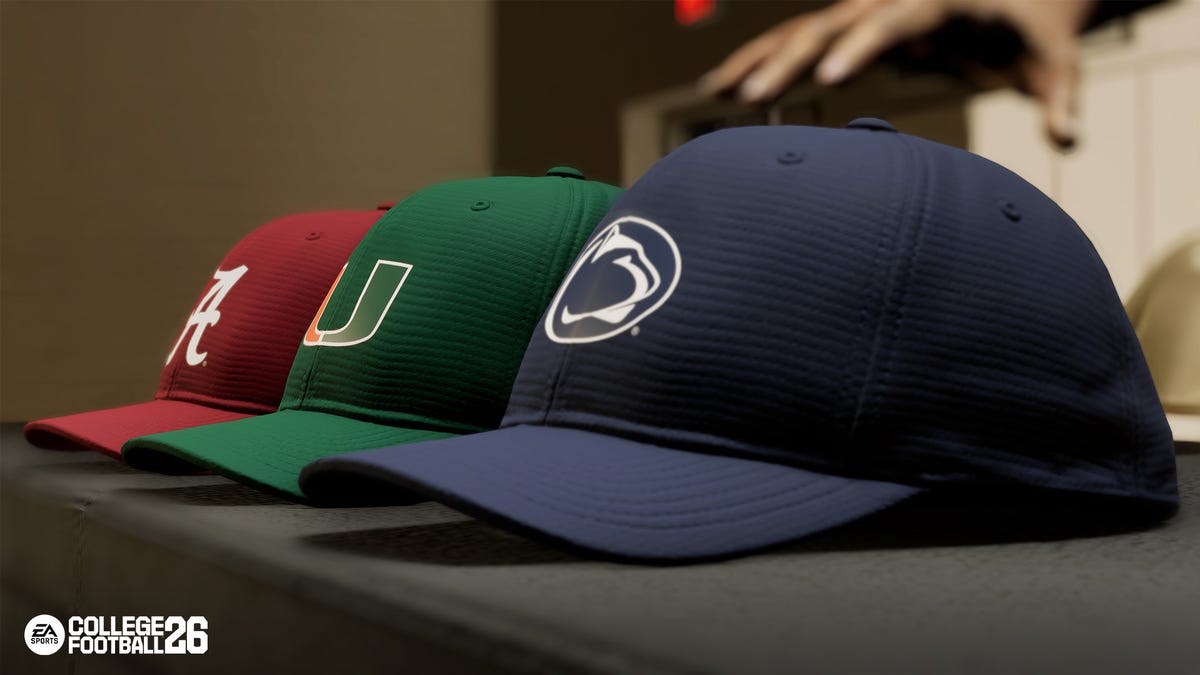
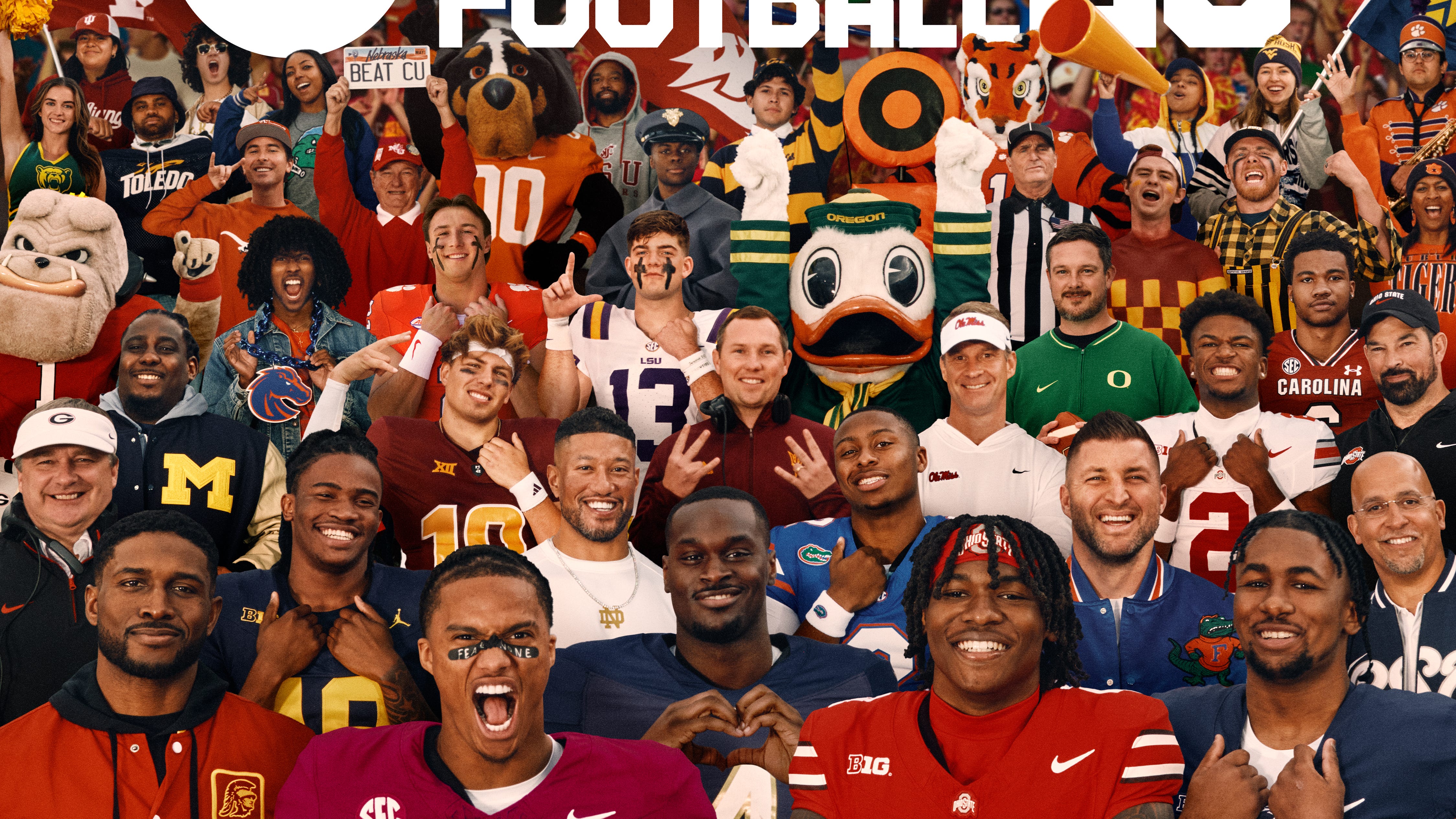
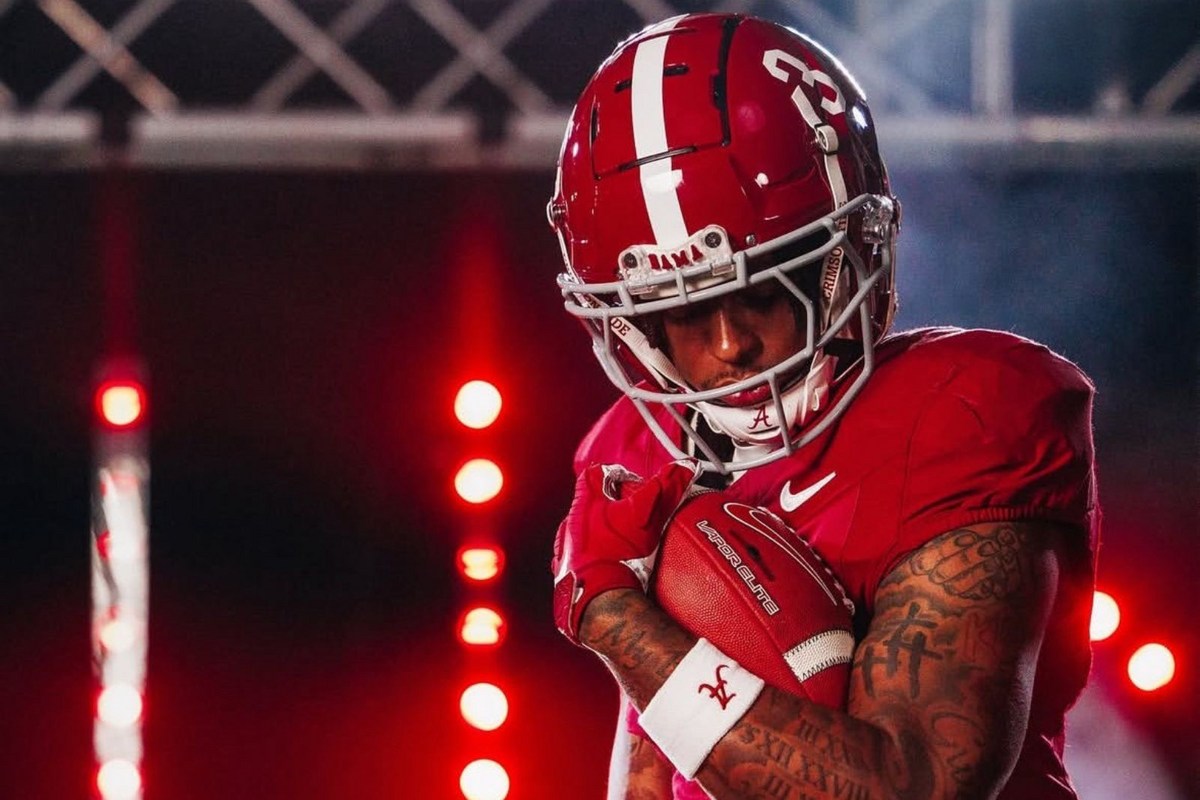





 Director of Athletics Wren Baker was hired in late November 2022, in part, to help guide Mountaineer athletics through a new era of uncertainty in collegiate sports fueled by existential legal challenges regarding student-athlete compensation and name, image and likeness (NIL) rights.
Director of Athletics Wren Baker was hired in late November 2022, in part, to help guide Mountaineer athletics through a new era of uncertainty in collegiate sports fueled by existential legal challenges regarding student-athlete compensation and name, image and likeness (NIL) rights.

